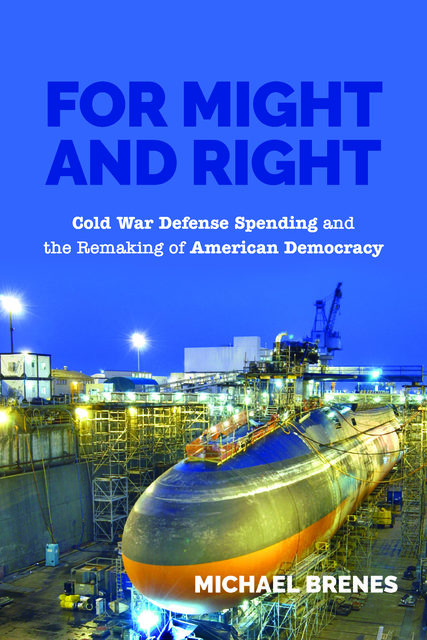Contents
Acknowledgments
Introduction
Chapter One
Where the Global Meets the Parochial
Chapter Two
The National Politics of International Stability
Chapter Three
Vietnam and Antimilitarism in the 1960s
Chapter Four
The Cold War Returns
Chapter Five
War and Peace in the “Age of Inequality”
Conclusion
Notes
Index



